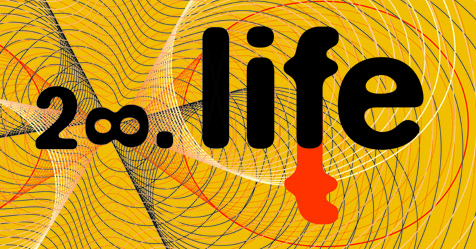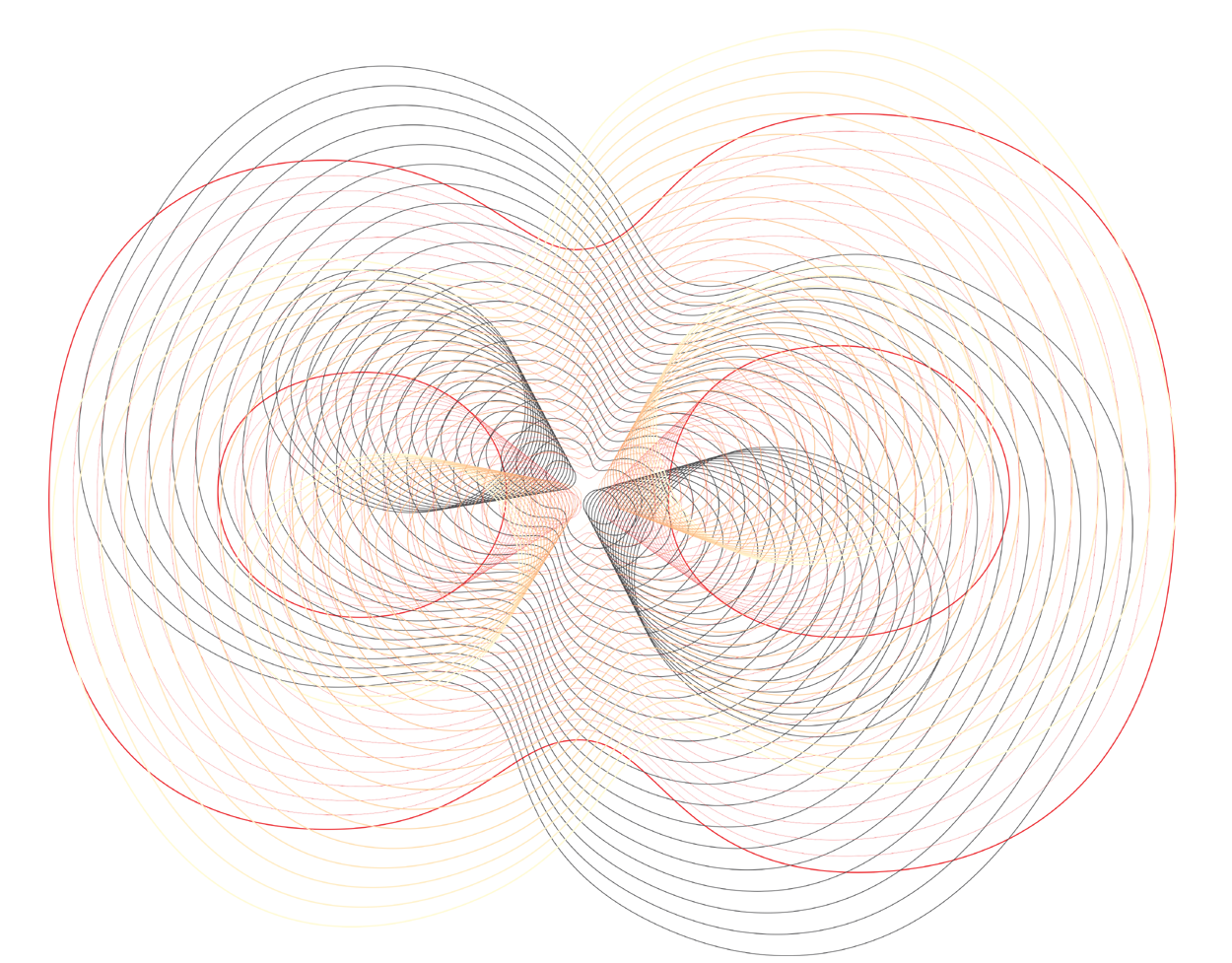On 17 November, a Q&A with cinematographer Piotr Jaxa followed the screening of Animals, a dramatic horror film treading the fine line between reality and hallucination, wakefulness and dreams. The filmmaker, whose collaborations also include names as notable as Krzysztof Kieślowsky, believes the future of cinema lies in digitalisation and its advantages. He doesn’t miss the film reel – and the camera is here to stay. Jaxa, whose long filmmaking career spans over fifty years, revealed to Damjan Vinter that in future there would be less and less money to fund the arts – one would just have to get used to it. However, one has to be resourceful and the film medium has been democratised to the extent that anyone can make a movie today. A keen artist doesn’t need big studious and producers any more, only a computer and a good idea. His advice to the young filmmakers was: “Keep it simple.” It is on account of these limitations that the future is in co-productions – thus, Animals is a Swiss-Austrian-Polish co-production. That was why certain scenes (more precisely, “three shooting days”) were shot in Poland.
Differing considerably from the projects he has worked on so far, the film presented a considerable challenge. Jaxa first contemplated the idea to sharply separate the parallel worlds by employing different types of light, but came to the realisation that this would ruin the story and decided to shoot real-life scenes as well as illusions in the same colour codes. What surprised him was how widely different was the audience response depending on its screening venues.
Over the next three months he will wrap up his current project, an Irish-Swiss-Macedonian-Croatian co-production. He concluded by suggesting: “I’m available for any kind of co-production – call me if you need a cinematographer!”
Written by Andraž Jež
Photo Iztok Dimc



